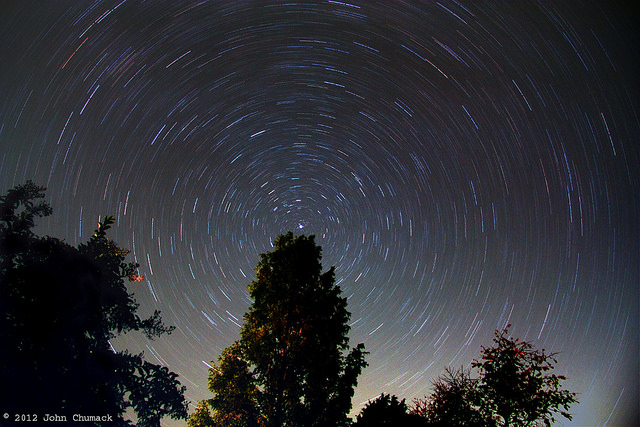When you look up in the night sky and find your way to the North Star, you are looking at Polaris. Not only is it the brightest star in the Ursa Minor constellation (the Little Dipper), but its position relative to the north celestial pole (less than 1° away) makes it useful for orienteering and navigation. Since the age of modern astronomy, scientists have understood that the star is a binary system consisting of an F-type yellow supergiant (Polaris Aa) and a smaller main-sequence yellow dwarf (Polaris B). Further observations revealed that Polaris Aa is a classic Cepheid variable, a stellar class that pulses regularly.
For most of the 20th century, records indicate that the pulsation period has been increasing while the pulsation amplitude has been declining. But recently, this changed as the pulsation period started getting shorter while the amplitude of the velocity variations stopped increasing. According to a new study by Guillermo Torres, an astronomer with the Harvard & Smithsonian Center for Astrophysics (CfA), these behaviors could be attributed to long-term changes related to the binary nature of the system, where the two stars get closer to each other, and the secondary perturbs the atmosphere of the primary.
Continue reading “Polaris is the Closest, Brightest Cepheid Variable. Very Recently, Something Changed.”

